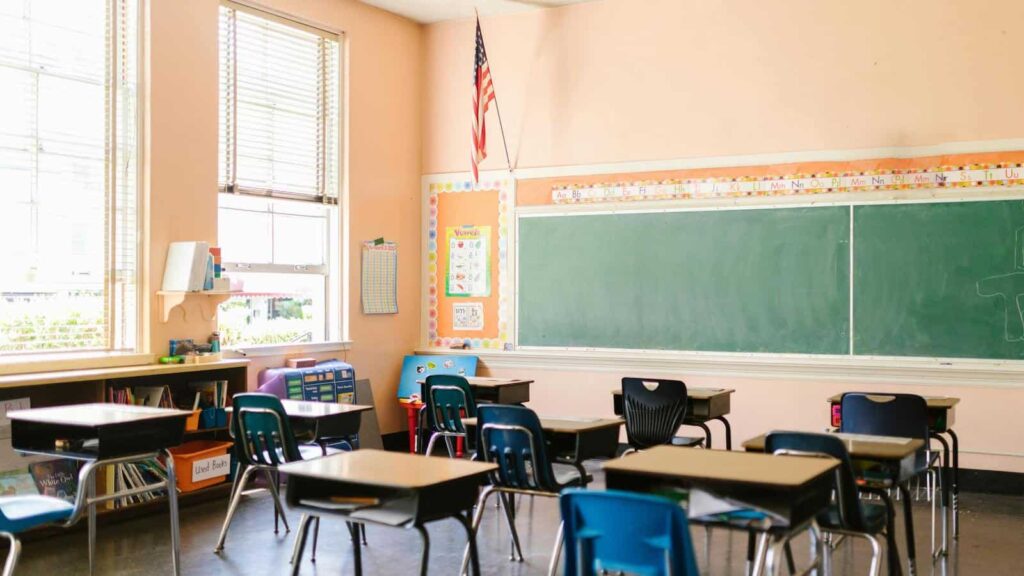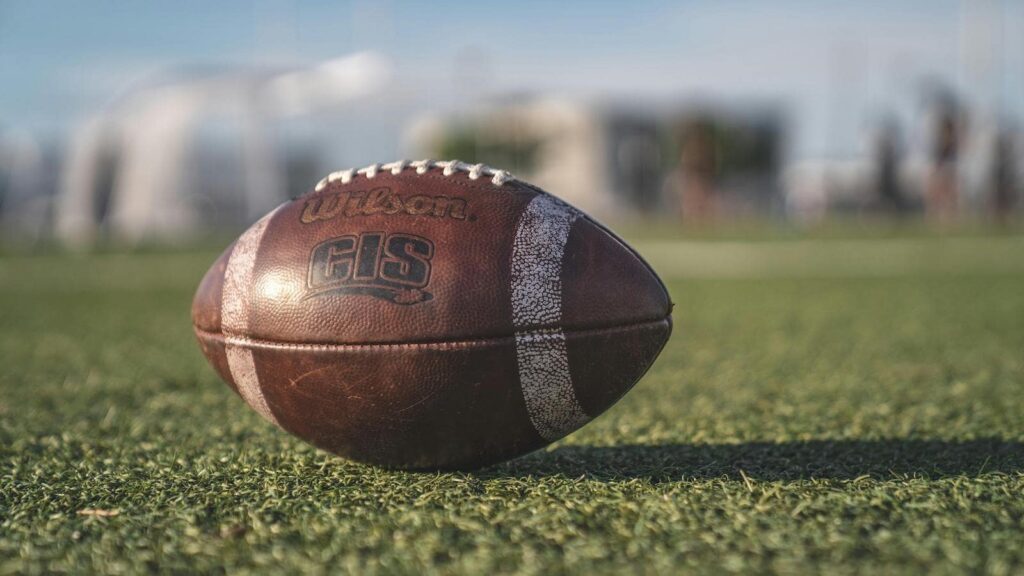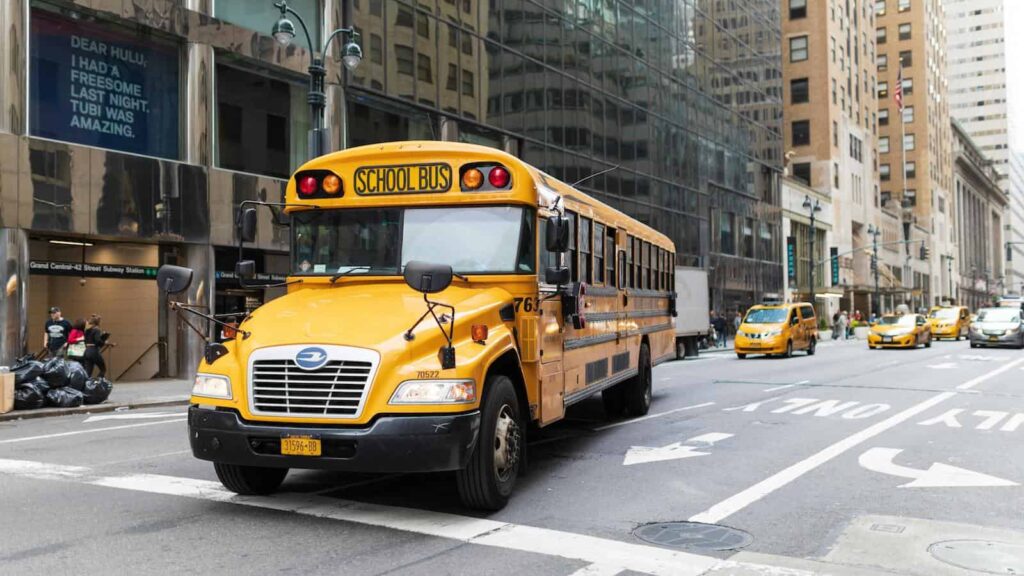20 Differences in Uk and US School Traditions
20 Differences in Uk and US School Traditions

Exploring the differences between school life in the UK and the US can be quite fascinating. From the uniforms students wear to the way they prepare for college, each system has its unique features.
This article highlights 20 distinct aspects ranging from what kids wear, how they learn, to the types of exams they take. Understanding these differences helps us appreciate the diversity in educational approaches and what students in each country experience during their school days.
1. School uniforms vs. casual dress

In the UK, most schools require students to wear uniforms. This tradition aims to promote equality and reduce distractions, ensuring that focus is maintained on education rather than fashion.
In contrast, US schools often allow casual dress, giving students freedom to express their personal style. This can make the school environment seem more relaxed but can also lead to issues like peer pressure over clothing choices.
2. Public vs. private school systems

The structure of public and private schools varies significantly between the two countries. In the US, public schools are the most common, funded by the government and free for all students.
Private schools, while also present, are less common and often expensive. In the UK, the terms “public schools” actually refer to what Americans consider private or independent schools, which are prestigious and typically come with higher tuition fees.
3. The role of sports

Sports play a crucial role in both UK and US schools but are more intensely integrated into school life in the US. American schools often have a wide range of sports programs with significant funding and facilities.
High school sports events are major community activities, and excelling in sports can heavily influence college admission. UK schools also value sports but usually with less emphasis on competition and recruitment.
4. Exams: GCSEs/A-Levels vs. SATs/ACTs

In the UK, students take GCSEs and later A-Levels, which are subject-specific exams that determine their qualifications for further education or careers. In contrast, US students typically take standardized tests like the SAT or ACT, which assess a broader range of academic skills and are crucial for college admissions.
5. School terms vs. semesters

UK schools typically operate on a three-term system, with each academic year divided into the autumn, spring, and summer terms. In the US, schools usually use a semester system, dividing the academic year into two main blocks, which can impact the pacing and structure of courses.
6. Holiday breaks

Holiday breaks in the UK and US schools differ mainly in timing and length. UK schools enjoy longer breaks at Christmas and Easter, but shorter summer holidays. US schools usually have a long summer break lasting about three months, with shorter breaks during the academic year for Christmas and Easter.
7. Lunch periods

In US schools, lunch periods are often shorter, with students typically having about 30 minutes to eat. UK schools might provide longer lunch breaks, giving students more time to eat and relax. This difference can affect the daily rhythm and social interactions of students.
8. School day length

The length of the school day is generally longer in the US compared to the UK. American high schools can start as early as 7:30 AM and end around 3 PM or later, especially if students participate in after-school activities. UK schools usually start around 9 AM and finish by 3:30 PM, providing a somewhat shorter school day.
9. Extracurricular activities

Extracurricular activities are plentiful in both countries, but the US tends to offer a wider range and higher emphasis on these activities. From sports teams to clubs and arts, US schools encourage students to engage in extracurriculars as a way to build diverse skills and college resumes. UK schools also offer various clubs and teams, though often with less intensity.
10. School spirit and pep rallies

School spirit is a big deal in the US, often highlighted through events like pep rallies, where students celebrate their school teams with performances, games, and school colors. This is less common in the UK, where school spirit is more subdued and less focused on sports.
11. Discipline and detention

Discipline in US schools can be quite strict, with detentions and suspensions commonly used as punishments. UK schools also use detentions but might employ different approaches to discipline, focusing more on uniforms and behavior in class.
12. School buses vs. walking to school

In the US, school buses are a common sight, ferrying students to and from school daily. In the UK, while school buses exist, more students might walk to school or use public transport, especially in urban areas.
13. College preparation

College preparation starts early in both countries but is particularly structured in the US, with high school students often guided through detailed processes involving SAT/ACT tests, application essays, and extracurricular portfolios. In the UK, focus shifts towards A-Level exams and specific course requirements for university.
14. Tutoring systems

Tutoring is popular in both countries but is approached differently. In the US, a large market exists for test prep services, while in the UK, tutoring is more often subject-specific, helping students prepare for GCSEs and A-Levels.
15. Class sizes

Class sizes can vary significantly between the two countries. US schools, particularly public ones, might have larger class sizes due to funding issues, while UK schools often benefit from smaller class sizes, which can provide a more personalized learning experience.
16. Teacher-student relationships

Teacher-student relationships in the US are often informal, with teachers acting as both educators and mentors. In the UK, these relationships might be more formal, with a stronger emphasis on respect and hierarchy within the classroom.
17. Homework expectations

Homework is a staple in both educational systems; however, US students might experience more frequent and diverse assignments across different subjects, whereas UK homework tends to be more concentrated and might require deeper engagement with fewer subjects at a time.
18. Use of technology in classrooms

Technology integration in classrooms is advanced in both countries. US schools often have a high emphasis on incorporating new technologies to aid learning, especially for research and interactive learning. UK schools also utilize technology but might have a more balanced approach depending on the school’s curriculum focus.
19. Parental involvement

Parental involvement is encouraged in both the UK and US. In the US, however, there’s often a more systematic approach to involvement through PTAs and volunteering opportunities. UK schools also welcome parental involvement but usually in more informal ways.
20. Graduation ceremonies

Graduation ceremonies are significant in both countries, marking the completion of education. In the US, high school graduations are elaborate events with caps and gowns, speeches, and often large gatherings. UK graduations, especially from high school, might be less formal but are equally celebrated.
We are Mary and Eric, the founders of Be Right Back, a blog dedicated to romance around the globe and at home.
We are Mary and Eric, the founders of Be Right Back, a blog dedicated to romance around the globe and at home. With over 10 years of experience in dating and traveling to romantic places, we share our favorite date ideas and romantic destinations to help couples level up their relationships. Having lived in and traveled through the USA, we also share our favourite things to do in the States.
With 70,000 monthly readers and 16,000 followers on social media, Be Right Back is your go-to resource for romantic trip ideas and couple activities at home and abroad.
